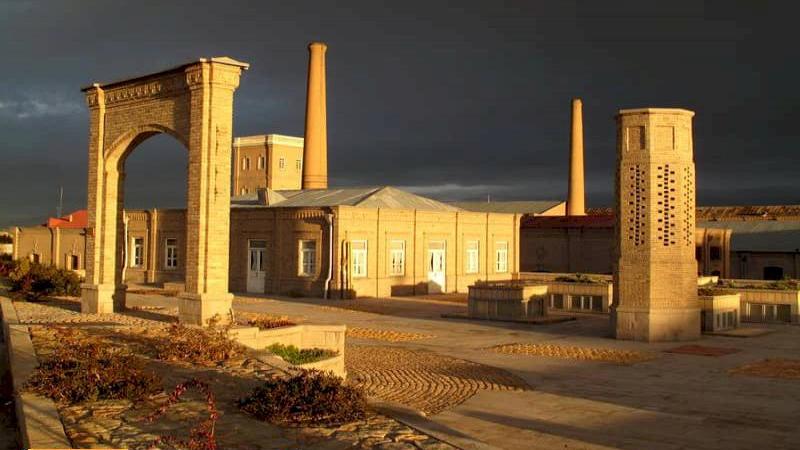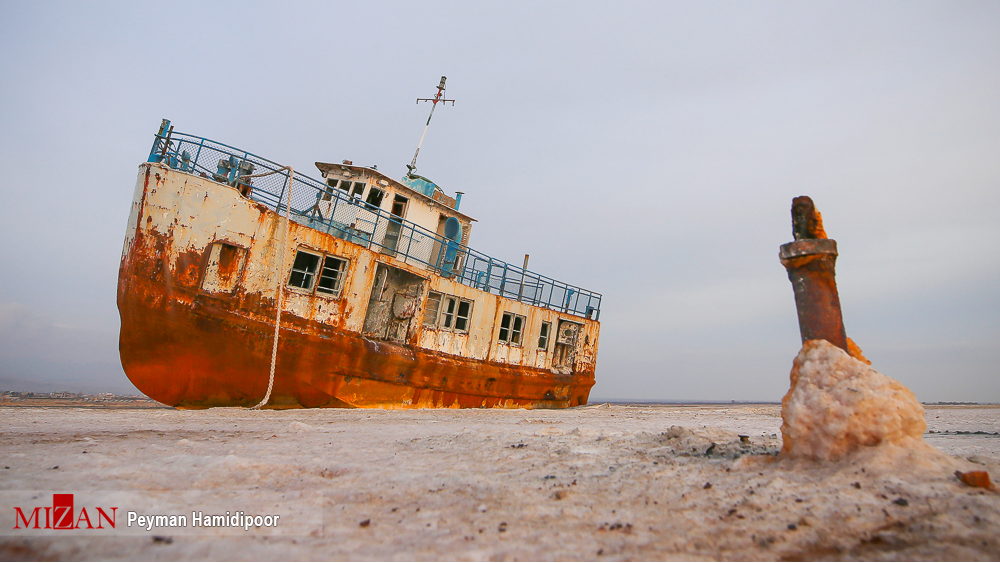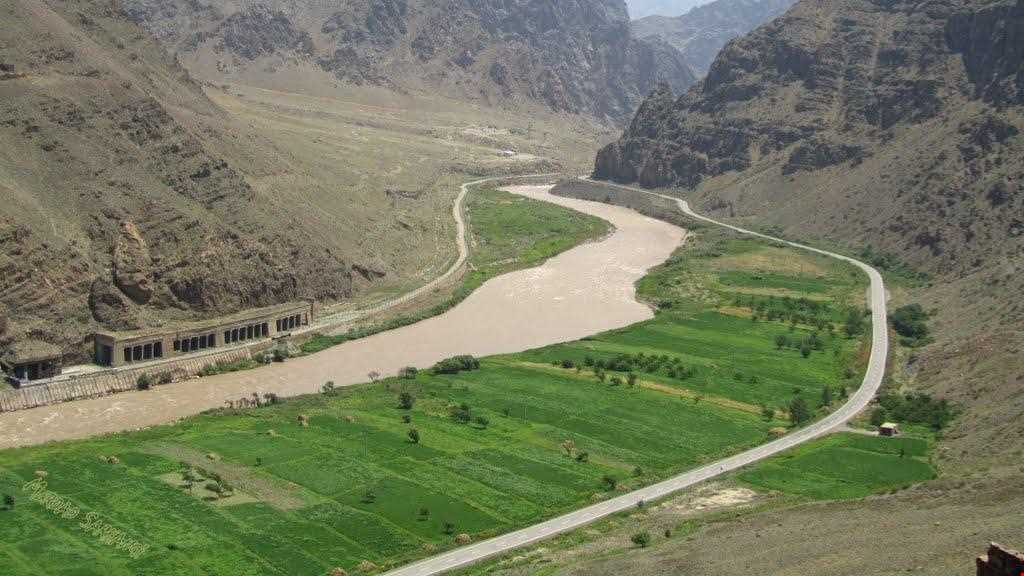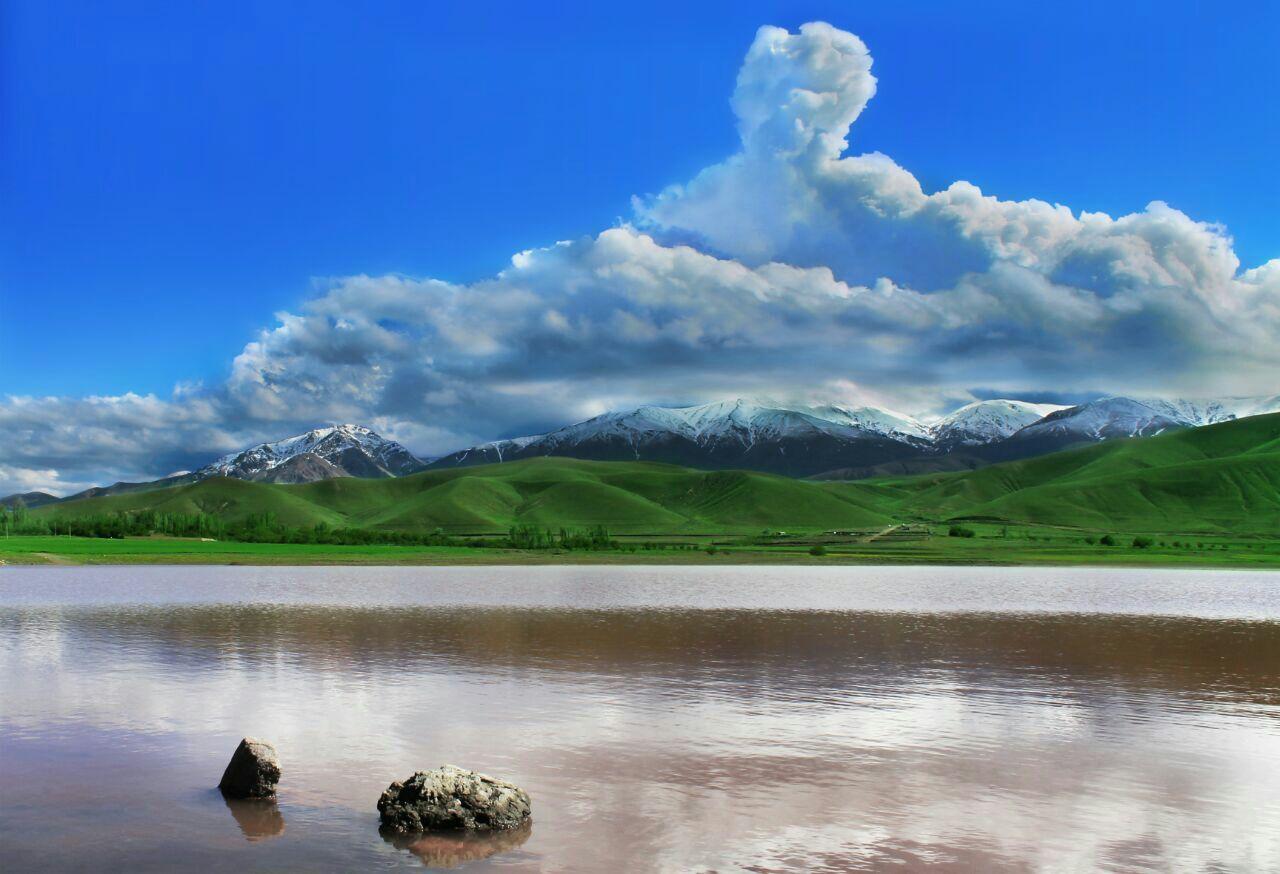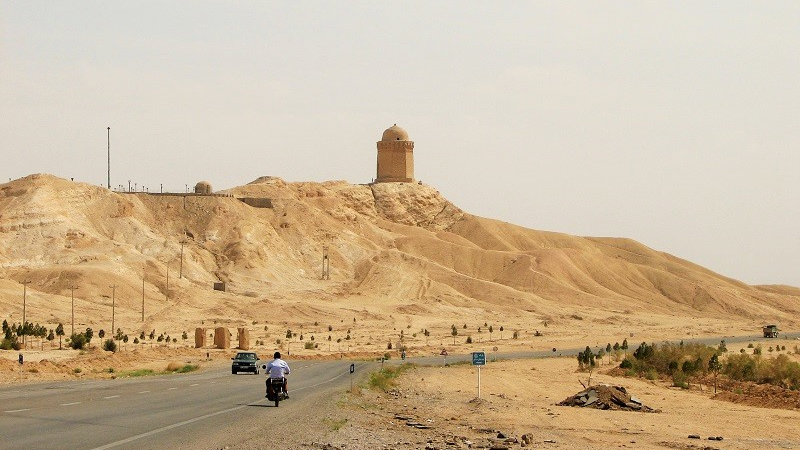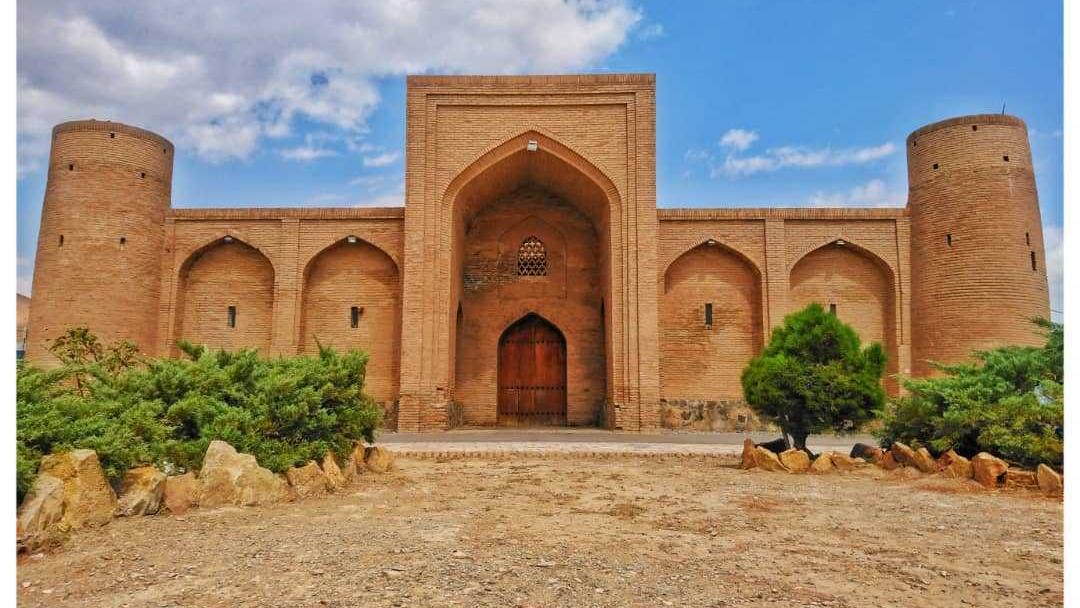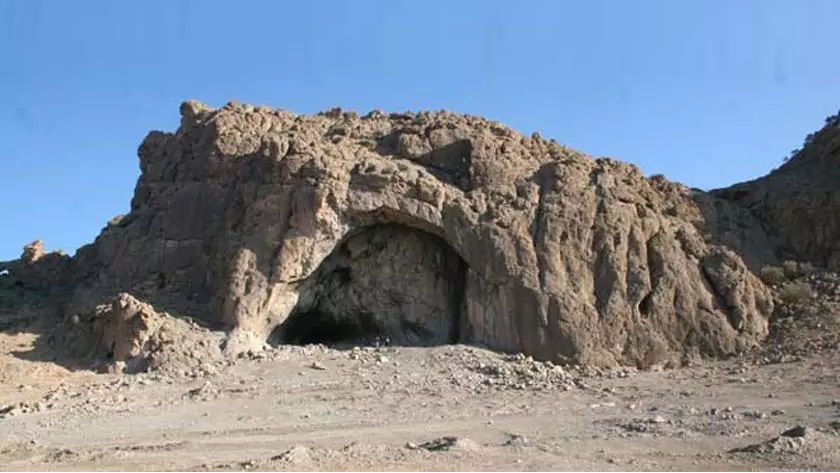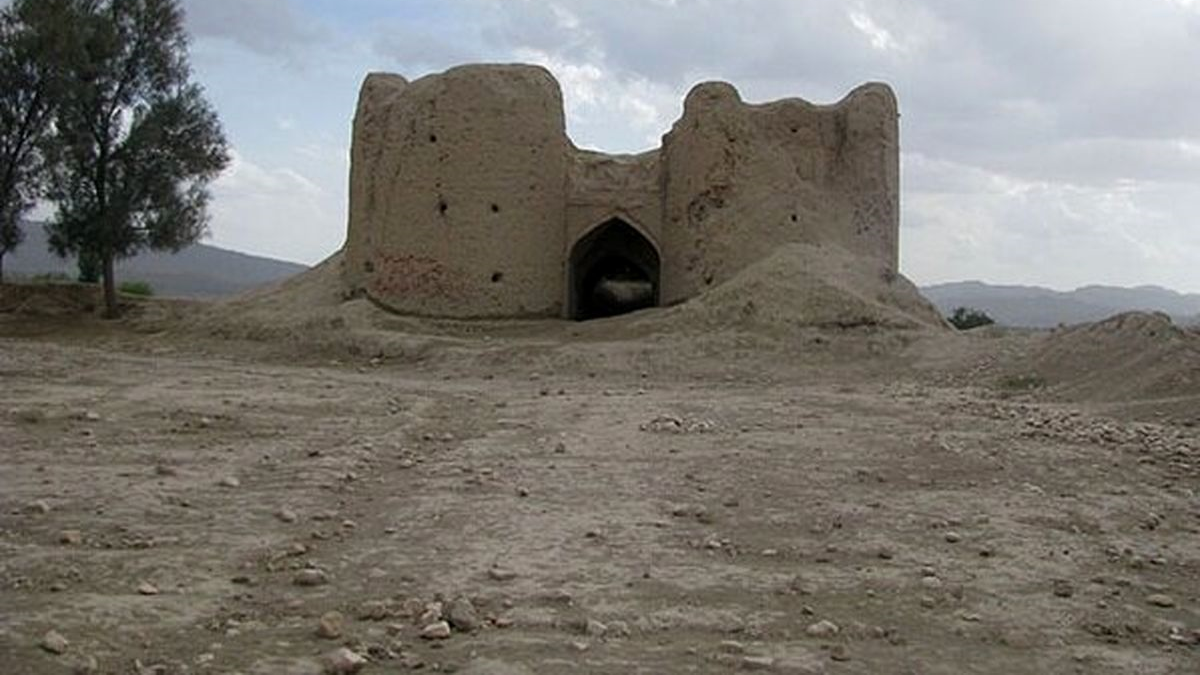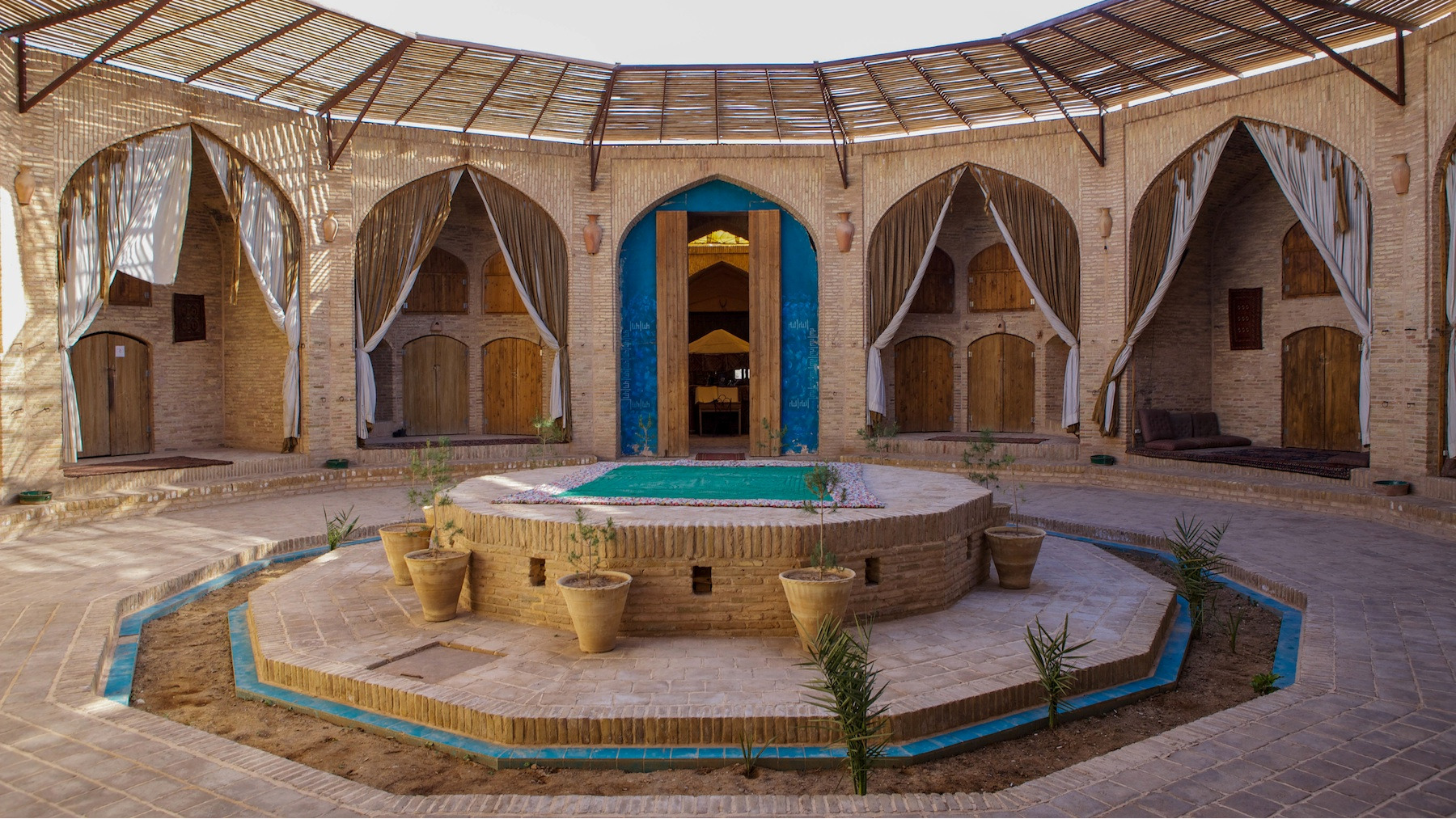
Tall-e Nokhodi
Archaeologists believe that the oldest rural areas of the world were created in West Asia. Based on this, human settlement had started with the formation of rural communities around Shiraz about 10,000 years ago. There are several ancient sites around Shiraz, which based on archaeological explorations, are estimated to be more than seven thousand years old. Tall-e Nokhodi is one of the ancient sites located near the tomb of Cyrus in the Marghab Plain.
Due to the passage of a stream of the Pulvar River through this area, its inhabitants engaged in agricultural activities. It seems that settlement in this area is related to the beginning of urbanization in the southern half of the Iranian plateau around 4000 to 3400 BC.
Explorations Done in Tall-e Nokhodi
The first speculations about the historical importance of Tall-e Nokhodi were formed around 1934 when the Hungarian archaeologist, Sir Aurel Stein, began certain explorations in the region.
About 27 years later, Ali Sami, an Iranian archaeologist, conducted more extensive explorations on this hill as a result of which he came to the conclusion that there are pieces of pottery works found in Tall-e Nokhodi were similar to those discovered in Tall-e Bakun.
Sometime later, i.e. in 1961, other excavations were started from the highest point of the hill reaching a depth of about four meters in the course of which four settlement floors were identified.
Remains related to the courtyard and several ovens were observed on the first floor, the inner surface of one of which was carefully covered with mud. Small pebbles can also be seen on this floor.
There is a room made with square-shaped handmade bricks on the second floor. A thick layer of mud is used as mortar to build the walls. An oven can also be seen on a platform, the inner side of which is also smeared with mud.
The third floor also has the remains of walls made with very soft clay. Six ovens have also been discovered on this floor.
The clay walls of the fourth floor are built on a rubble foundation and plastered with mud. The red color that is seen on some walls and had most likely been used for decoration, looks quite interesting. Three ovens have also been identified on this floor.
The Works Obtained in Tall-e Nokhodi
Pottery works with a red color ceramic glaze, similar to what has been discovered in Tall-e Bakun, are among the artifacts found in the excavations of Tall-e Nokhodi. In addition, several pottery works, designed with pea-colored paintings have also been discovered, which are also similar to the ones found in Tall-e Bakun.
According to experts, pea-colored pottery works were made with a pottery wheel, and a thick glaze was used to cover their surface. Black color is seen in the decoration of these pottery works. The brown color used in these works has in some cases turned dark due to the heat.
Bowls with ring-shaped bases, simple bowls, bowls with conical bottoms, mugs, cups, and urns are the most important dishes found in Tall-e Nokhodi. Vegetal, animal, and sometimes human motifs can be seen on the dishes as decoration. These motifs are usually drawn on the upper part of the dishes and between two simple strips.
Interesting non-pottery objects have also been obtained from Tall-e Nokhodi, the most important of which are a few pins and a copper knife. However, nothing made of copper was found on floors three and four, which are older than the other floors. Blades and chipped flint blades are other tools obtained from this ancient hill. These blades were used to harvest grain.
Some clay nails and some animal and human figures have also been obtained from the hill. The animal figures are in the shape of a cow, a boar, or an antelope, and one figure is in the shape of a sheep, which is similar to the figures obtained from Tall-e Bakun. Human figures are made of baked mud and often have simple drawings.
Since the explorations done on this hill have not been extensive, no bone remains have been found in it. The only skeleton discovered is the remains of a child buried on the first floor.
Tall-e Nokhodi was inscribed on the list of Iran’s national heritage in 2003.
There are several ancient sites around Shiraz, which based on archaeological explorations, are estimated to be more than seven thousand years old.
| Name | Tall-e Nokhodi |
| Country | Iran |
| State | Fars |
| City | Marvdasht |
| Type | Historical |
| Registration | National |
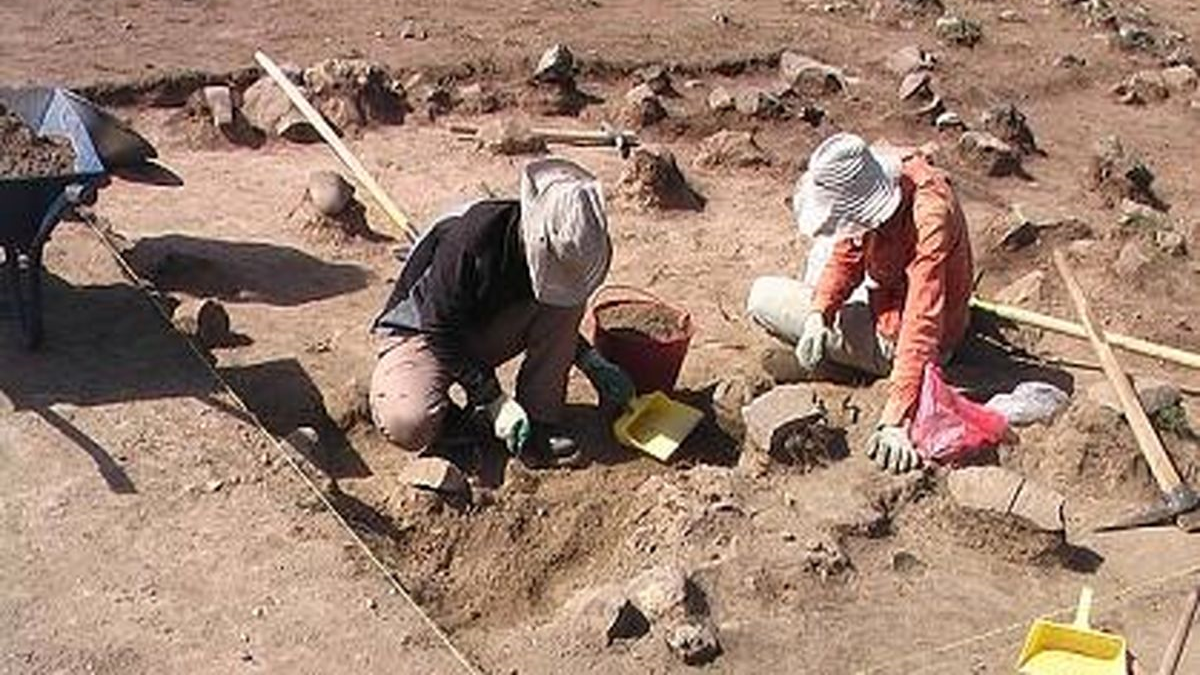

Choose blindless
Red blindless Green blindless Blue blindless Red hard to see Green hard to see Blue hard to see Monochrome Special MonochromeFont size change:
Change word spacing:
Change line height:
Change mouse type:

